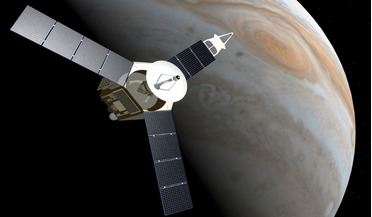 26 June 2017
Degree options for those seeking a future in the space programme
26 June 2017
Degree options for those seeking a future in the space programme
... are some of the best degree paths for those that want to work as part of the space programme. Civil engineering Civil engineers specialising in structural engineering can play a surprisingly big part in the exploration of space. Structural engineers...
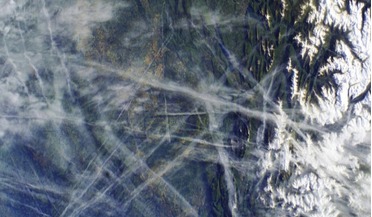 November 2017
Managing air and space traffic from orbit
November 2017
Managing air and space traffic from orbit
... used around 30 satellites at an altitude of about 20,000 km and a local receiver to locate a vehicle’s position on Earth and in airspace. Civil aviation found that GPS had a major advantage over traditional radar navigation and in the 1980s it was...
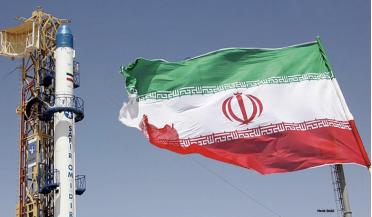 September 2025
Iran’s ascent - a space power in the shadow of sanctions
September 2025
Iran’s ascent - a space power in the shadow of sanctions
...writer Brian Harvey explores the evolution of Iran’s civil and military space capabilities, its complex international partnerships,...sea. As for the rockets themselves, Iran’s original civil rocket, Safir, was Wasserfall/Scud-based, using unsymmetrical...
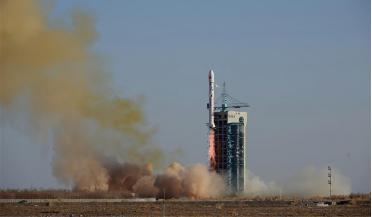 October 2023
Remote sensing by satellite - People’s Republic of China
October 2023
Remote sensing by satellite - People’s Republic of China
...omitting ground application systems and infrastructure and, for the sake of clarity, a clear distinction is maintained between civil and military satellite surveillance, although remote sensing data from satellites is often dual-use and so in reality...
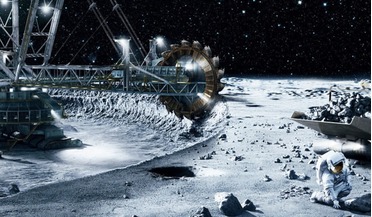 March 2016
Space Mining – the Reality of Tomorrow?
March 2016
Space Mining – the Reality of Tomorrow?
... and communications networks, artificial intelligence, robotics and the ability to go into space, the rate of change in human civilization has increased exponentially. The ‘Super Month’ graphic compresses time since the age of the Southern Ape...
 November 2019
Strategic role of government in space commercialisation
November 2019
Strategic role of government in space commercialisation
... goals identified above: reducing the costs and accelerating the development and procurement of systems needed for civil space exploration; and fostering the growth of private space markets. Second, we must identify challenges to undertaking these...